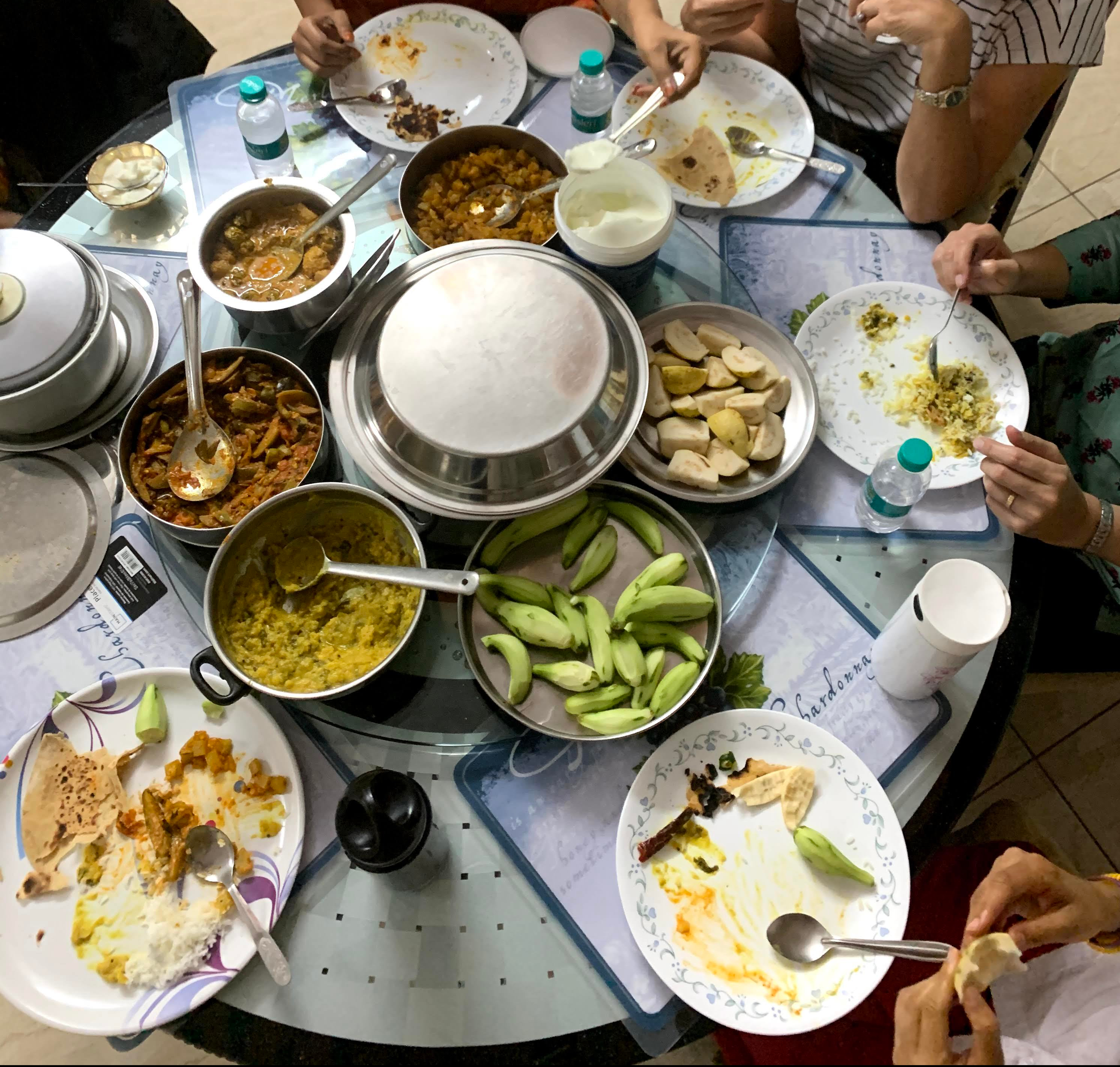Following a tour of Luvin Arms Animal Sanctuary in CO, drJina had the opportunity to learn from the founders of Luvin Arms how individual animals can tell us their stories, if we take the time to listen. Connecting with these animals can profoundly move us and shift our consumptive patterns. Only by changing our demand for animal products and ceasing to treat them like factories can we move the world in a more compassionate direction. Sanctuaries can play a big role in what Sarah Taylor, author and advocate, said at the 2019 JAINA convention about “inducing an epiphany”, that shift in consciousness that enables people to make big changes in their lifestyle.
Among the many meaningful and beautiful pieces of art at Luvin Arms, I was really struck by this mural reminding visitors of the value of sea beings. How thoughtful to display this art where it isn’t possible (on land) to directly connect with these living beings, instead harnessing our imagination to inspire care.



